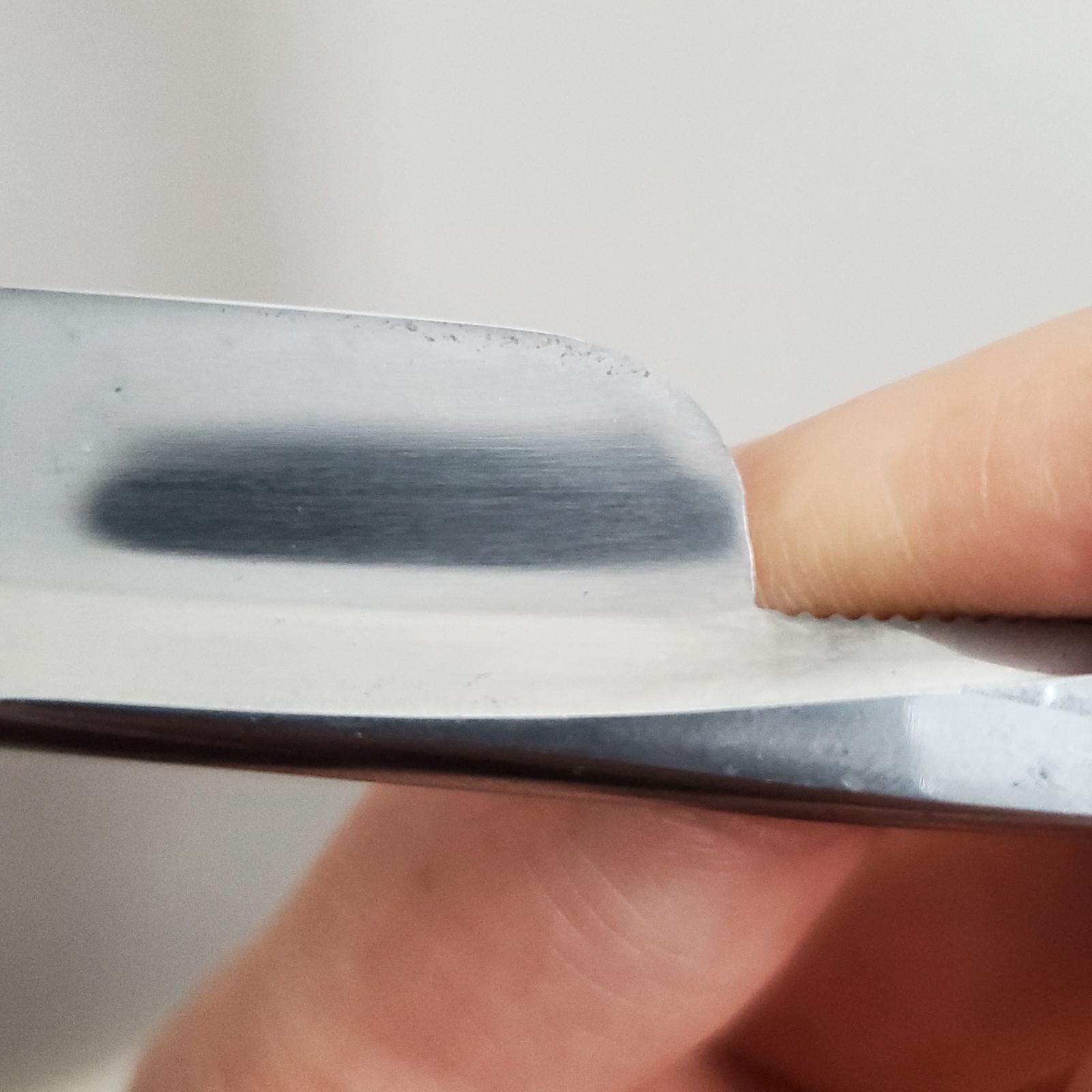I think two straights is quite justifiable, you might use up an edge and need to shave before you have time to hone. And two identical ones is a good way to compare hones--same razor, different edge. I have a pair I use like that.
More? Well, you'll find there is quite a big difference in how a wedge shaves from how a hollow shaves. And there are many grinds in between. Plus there are framebacks! Some framebacks are thin like a hollow but don't quite have the same flex, others shave pretty much like a wedge. Not to mention interestingly shaped tapered blades, lancets, monkey tails...
And maybe you have a 6/8 and wonder how an 4/8 or 8/8+ width would be? They're certainly going to be different and it's very subjective which is better! But then maybe you like a wide hollow and a narrow wedge? The reverse? Only one way to tell...
Perhaps you wonder how American, English, French, Swedish, German and Japanese razors differ? I sure did...
Maybe you were curious what they were like in the 1920s vs. the 1960s. Or the 1800s. Or the 1700s.
Or you'd like scales made from bone or ivory or tortoise or mother-of-pearl? Or something cool etched on the blade? Or a modern custom from Koraat or HG or Artrazor or Gipson or Ali's Blade or any of hundreds of worthy artisans keeping this craft going?
I've always been a minimalist. I've never felt the appeal of collecting anything. It started out as trying to find which one works best for me so I could get a really good one of those, but I kinda liked them all. I ...think I collect straight razors now? It just sorta happened 🤷♂️
